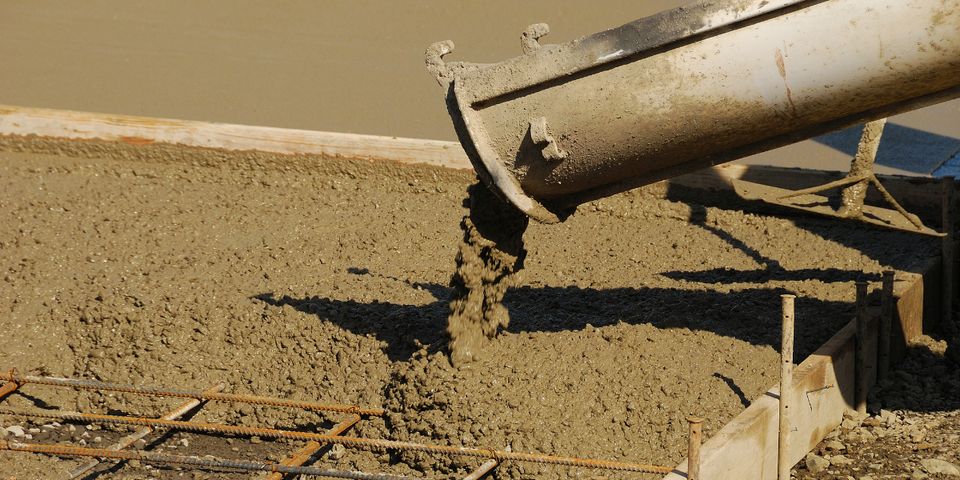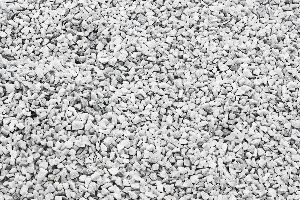
Concrete is a vital staple of construction projects and, when used properly, can create strong, long-lasting structures. Concrete mixes are made up of different types of aggregates, which act as the inert parts of the concrete. These are split into different categories based on size, coarse and fine versions. Below is a discussion on how the two differ and what applications they can be used in.
What Does Each Consist Of?
Coarse versions are ones that will be retained in 4.75mm openings and can be larger in size from there. Using coarse aggregates minimizes the surface area, which decreases the amount of water and cement necessary. The benefits include extra durability and strength in larger particles, as well as additional hardness. Coarser versions are also less expensive than finer ones.

Fine aggregates are retained on the 75 µm sieve, significantly smaller than coarse aggregates. They're typically rounded, which, combined with the size, makes them ideal for filling in spaces between coarse aggregates.
How Are They Used?
Aggregates in general are used in concrete but are also tailored for other functions. In concrete, coarse aggregates act as the inert make-up of concrete while fine aggregates fill in the spaces in between. In addition to concrete, fine aggregates are also used in mortar, plaster, and to fill holes in road pavement.
Coarse aggregates are utilized mostly in heavier materials, such as railway track ballast. With their individual specializations, they each have unique applications or can be combined to benefit from both sets of properties.
If you need help with a construction project, contact Musson Brothers in Rhinelander, WI. They have over 70 years of experience providing knowledgeable excavating and paving services for a variety of customers. Whether you're working on a home project or large commercial area, they can help. Call (715) 365-8700 or visit the website for more information about their services.
About the Business
Have a question? Ask the experts!
Send your question

